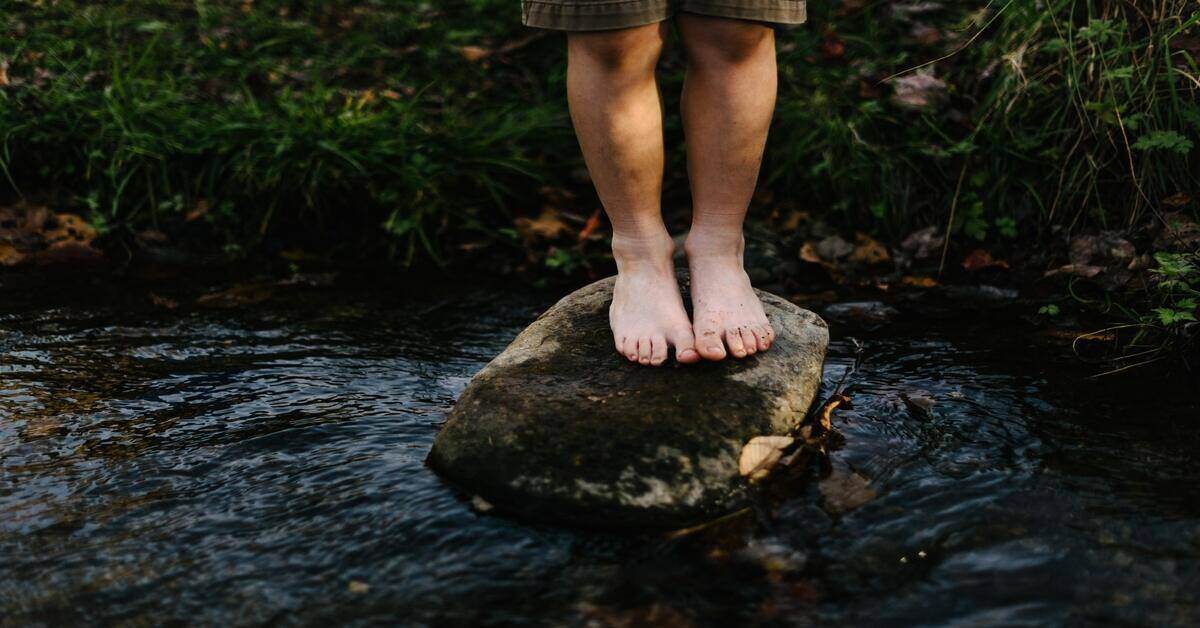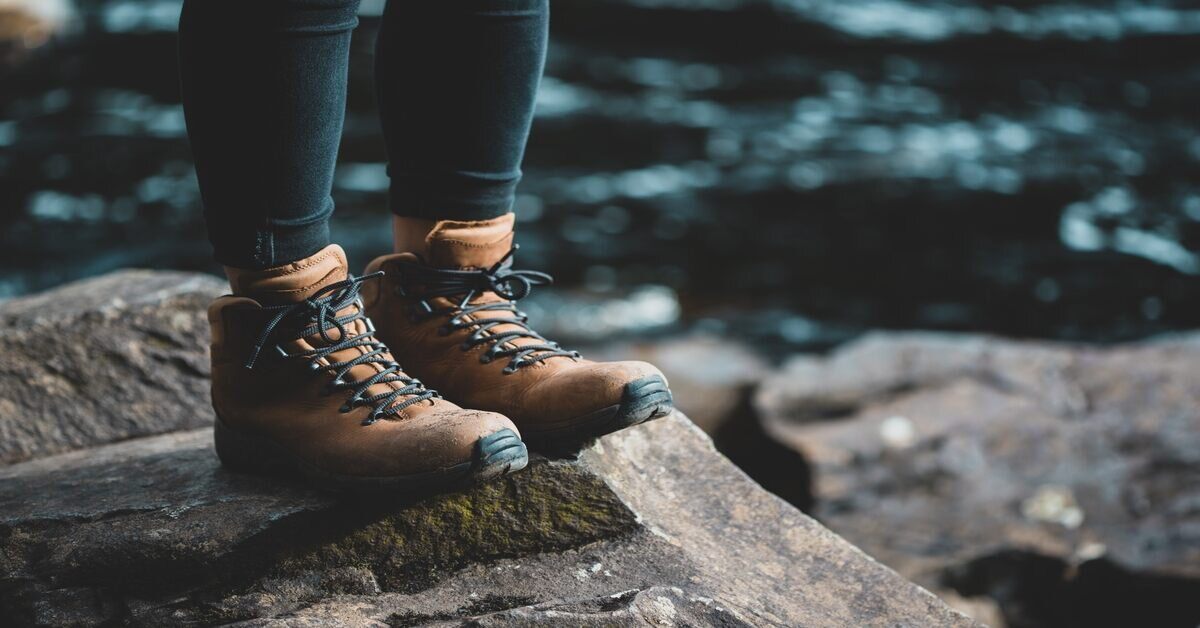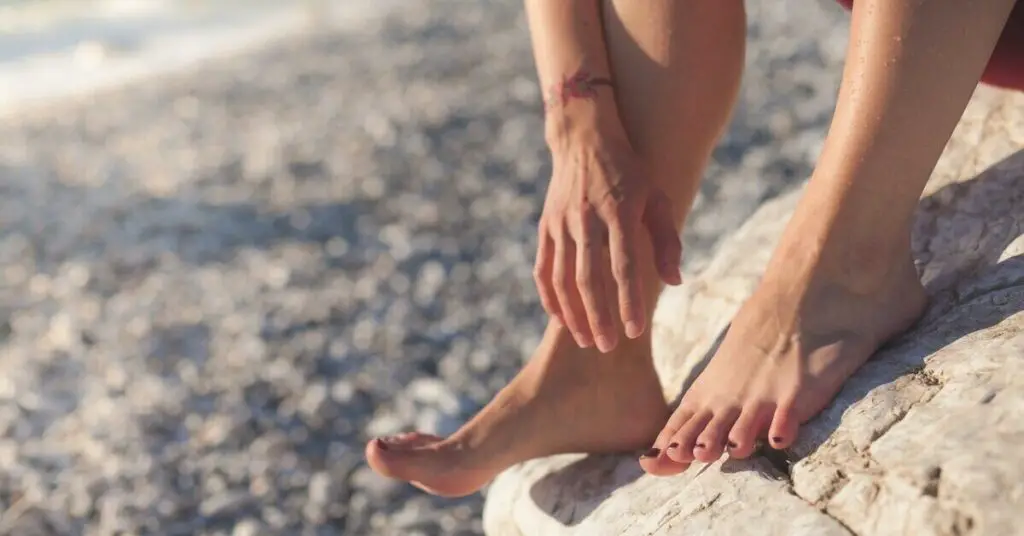Do you remember the last time you had a blister? Let me guess: it probably was an unpleasant experience. If you are a hiker or backpacker, you understand how it feels to have a foot blister. Blisters are common, and although they are tiny, they can ruin your hike. I have seen people opt out of their multiday trek because of them. We are going to look at some ways to prevent blisters when hiking. Also, we will discuss some ways you can treat blisters if they break out.
But before we talk about tips on keeping blisters at bay, we first need to understand how they occur. Moisture, heat, and pressure usually lead to the formation of blisters. Here are some things/situations that can cause blisters:
- When your feet become wet, either due to rain or as you move through water bodies such as rivers.
- Bad footwear
- Pressure in the hiking shoes
- Sweating
- When you do not break in your hiking boots after buying
- Socks with wrinkles
How do Blisters Form?
We have mentioned that the causes of blisters are categorized into three – moisture, pressure, and heat. But how exactly does a blister form? When there is too much friction in an area of your feet, serum (fluid) accumulates to protect the damaged cells. Sometimes, the blister will appear red because of the damage of capillaries in the blister spot.
Note that certain skin conditions, burns, and allergies can cause blisters. But today, we will focus on blisters that form during hiking.
How to Prevent Blisters When Hiking Tips
-
Ensure Your Feet Are Clean
Debris and dirt normally increase chafing, leading to the formation of blisters. In addition, if you have blisters and your feet are dirty, they will get infected easily. So, always strive to keep your feet clean while out in the backcountry. When you are back at the campsite at the end of the day, take time to clean your feet.
If you had been hiking in rainy weather, make sure the feet are clean and dry throughout the night in readiness for the following day’s hike. Remember, cleaning your feet should not be done at the campsite alone. On the trail, you can rinse your feet in streams, rivers, or lakes.

-
Wear Good Hiking Boots or Shoes
This is one of the most effective ways of preventing blisters. A significant number of hikers and backpackers usually get blisters because of footwear that doesn’t fit well. When shopping for your hiking boots or shoes, look for those that give your feet some extra space.
The extra roominess in your footwear ensures there is less friction. I usually go for boots that provide some space in front of my toes. However, ensure that you do not pick shoes that are too big, as this will make hiking a chore. If the shoes seem a tad too big, then a pair of good insoles will come in handy.
-
Break in Your Footwear
Beginner hikers make the great mistake of hitting the trail with their new, never-worn shoes. Brand new hiking boots are usually stiff and will cause rubbing during the first few hours or days of wearing them, causing blisters.
Related: Camping With Kids Tips
But you can prevent this by breaking them in. Wear the new shoes in your house or your backyard a few days before you go hiking. This will allow the shoes to soften, and your feet will have adjusted to them on the day you decide to go trekking.
-
Wear and Pack Top Quality Socks
When taking measure to prevent blisters on the trail, many hikers forget about their socks. Bad socks usually cause friction and, in many cases, trigger the formation of blisters. Go for socks that offer cushioning to prevent the creation of blisters on risk areas such as the heel.
When it rains, or you have to go through water bodies, your socks may get wet. Wet socks increase rubbing, leading to blisters. So, when looking for hiking socks, go with either synthetic or wool material because they wick away moisture and keep your feet dry.
Avoid cotton because it retains moisture for long periods and put you at risk of getting blisters. Note that great socks are those that comfortably fit without showing any wrinkles.
When hiking, pack an extra pair so you can change to new ones. Pro tip: If you arrive at a water body, you can remove the socks you’re wearing, wash them, and hang them on your backpack so they can dry as you walk. This is a great hack for those who enjoy going on multiday treks.
-
Your Feet Should be Dry at All Times
Wet feet on the hiking trail are common, especially when you are hiking in rainy weather or pass through water bodies and puddles. Your feet also swell and sweat as you walk, and that’s why I’ve talked about going with either wool or synthetic fibers when choosing your hiking socks. For this reason, you should always carry an extra pair of socks to ensure your feet are dry at all times. If you are hiking for several days, you can change your socks twice a day.
Keep in mind that you can easily develop blisters when your feet are swollen and sweating. Another great tip to ensure your feet are dry is to take breaks where you remove your shoes. This lets in fresh air and allows the lower part of your legs to recover. It also enables you to remove tiny rocks or any other debris that could have gotten into your hiking boots.
And if you are taking a break longer than ten minutes, then it would make sense to remove the socks as well. You may change into your new socks and pack or wash those you have been wearing.
-
Identify Hot Spots Early
Blistering can be prevented even before it happens. If you start feeling some discomfort or soreness in a certain part of your foot, stop walking and take off your shoes and socks. In most cases, it is usually a sign that a blister is about to form. Apply protection to prevent blistering before you continue with your hike. We will look at how to treat hot spots in the next section.
-
Relax Your Laces
How you tie your laces may also influence whether you get blisters or not. If they are too tight, it will reduce the space in your boots and lead to fiction. Therefore, make sure that your laces are always relaxed when hiking. If you are hiking on rugged terrain, tighten your laces a bit when going uphill, and loosen them when descending to prevent your toes from hitting your shoes.

-
Use Liner Socks
Layering socks is a fantastic way of reducing the blistering process, especially for hikers whose feet blister easily. The liner socks are worn under the thick hiking socks. Ensure that your liner socks are lightweight and made of synthetic or wool fibers to get rid of moisture. You can also wear double socks.
-
Take Care of Your Feet
Taking care of your feet before, during, and after a hike plays a key role in reducing blistering. The following foot care tips will help you keep your feet healthy and enjoy your hike:
- Massage your feet regularly to keep them flexible and strong. Foot massage provides other benefits such as reducing ankle injuries and improving blood circulation. If possible, have a professional massage your feet once in a while.
- Use a pumice stone to soften the calluses of your feet. Please make sure not to overdo it, as the softness can make your feet more susceptible to blisters.
- Thoroughly clean your feet and ensure that all the dirt gathered during a hike are removed.
- Cut your toenails if they become long or have sharp edges. Long nails can be irritating, especially when you are hiking on difficult terrain.
How to Treat Blisters during a Hike
When you take all the necessary protection, you will not have to deal with a blister. But what happens when a blister forms? You will have to treat it yourself if you are hiking alone or get treated by a partner. Either way, you will have to pack the following blister treatment first aid tools:
- Safety pin (scalpel blade and sewing needle can perform the same function).
- Moleskin or molefoam
- Duct tape
- Antiseptic wipes, soap, or alcohol
- A small pocket knife that comes with tweezers, scissors, and a blade.
You may also add the following items to your kit:
- Bandages
- Gauze
- Leukotape
- Bandaids
How to Treat Hotspots
- If you start feeling a hotspot on your feet as you walk, stop and take off your boots and socks to investigate. If you ignore it and keep going on, you may have to deal with a blister later.
- Cover the area with a few layers of duct tape if you discover that it is not a blister. This will reduce the friction between your boot and foot.
- If you notice that the skin in the hot spot is raw and red, apply antibiotic ointment and cover it with moleskin or blister bandage. The last step is to wrap it with duct tape.
- DO NOT remove the duct tape when you are still on the trail, as it could worsen the situation. Wait till you get to your campsite or home.
Treatment of a Fully Formed Blister
When a blister forms and you have the essential blister first aid kit with you, use the following steps to treat it before continuing with your hike.
- Clean the affected area and the skin around it with an antiseptic wipe, alcohol, or soap and water. Make sure you have cleaned your hands first using any of these items.
- Sterilize the scalpel blade, safety pin, small knife, or sewing needle with boiling water, flame, or alcohol.
- Use any of the tools above to pierce the bottom of the blister. Slightly move the tool side to side to increase the size of the hole to remove more fluid. Next, gently massage the blister down and out to drain the fluid.
- Apply antibiotic ointment on the wound to prevent infection.
- Take a piece of moleskin (should be slightly bigger) and create a hole inside it to form a donut shape. Cover the blister with this moleskin donut. Ensure that the hole is larger than the blister.
- Cover the donut moleskin with another piece of moleskin, bandaid or gauze.
- Cover the moleskin and the skin around it with duct tape.
Blister Treatment DON’Ts
- Never pierce or rip off the roof of the blister as the skin underneath is sensitive. Also, exposing the raw skin puts it at risk of infection.
- Don’t patch up the blister. Let your skin heal naturally. The pain and discomfort will be gone after a few days (usually within a week).
- DO NOT apply antiperspirants on your feet. Many people wrongly believe that deodorants prevent the formation of blisters. While they may decrease sweating, they cause more friction between the socks and your feet, which speeds the blistering process. Foot powder has the same effect and should be avoided.
Pro tip: After going on many hikes, you may notice that the same areas of your feet usually get blisters. To ensure they are protected, you can over those areas with layers of duct tape. One of my hiking friends prefers using leukotape – you can try both out to find one that suits you.
Blisters are annoying, and when they form, that doesn’t mean you should stop the hike. Treat it as instructed above and keep walking. If you feel slight discomfort, take your mind off the blister and try to focus on other things such as the wildlife around you or chatting with your hiking partners if you are in a group.
I hope this guide will help you prevent blisters in your next hike. If there are any preventive measures I have not talked about, you can add them in the comments section.

